Artist Guidelines
I'm open to occasionally purchasing artwork for use either as book cover art or promotional pieces. My original publishers pay professional rates for art, but as the rights to various books revert to me, I am sometimes acquiring work from up and coming artists who don't yet command professional rates but would like to add credits to their resumes. By dealing with up and coming artistsm I may also be able to release short stories.
If a specific piece of artwork were to be used for works by other authors, I run the risk that someone who bought one of those other works might see one of mine and think it was the same work, so if I buy artwork, I need to have exclusive use. This also allows my use for bookmarks and other PR material. The artist retains full use in collections of his work and in his resume.
Not all artwork is created solely with a book cover in mind, so sometimes I'll need a different aspect ratio or will need to shift or reverse elements so that, for instance, adding book title and author name to an image doesn't obscure the most important visual aspects. I therefore need the right to edit as needed. Typical needs include extended a neutral background, cropping, reversing an image. I give credit to the artist in all uses, but I also allow the artist to remove his name from any use where he doesn't like the necessary editing.
Here are some of the general guidelines regarding the mechanical aspects of the artwork I need.
- Back off the viewpoint. if your image has been cropped from a wider viewpoint, I sometimes need lots of space around the main point of interest. This allows the opportunity to crop as needed for the book cover, and add text where appropriate. I'd therefore appreciate having the whole image, not just the part you cropped to.
- Multi-layered elements when possible. A Photoshop or Illustrator file is ideal. Given that we're often using a landscape piece in a portrait-aspect-ratio book cover with some of the art hidden by titles, having a multi-layer image allows us additional flexibility when editing for production.
- Send the highest resolution possible. This maximizes the versatility in rendering for different uses and allows better zooming and cropping .
- If needed, break files down into emailable parts. Some images are too large for email. I can provide access to an ftp site, but one easy way of handling very large files is to use a RAR or ZIP archive program to split a file into a number of parts, each of which is small enough to be emailed http://mintywhite.com/vista/create-multipart-archives-split-large-files-... shows how to do this with the free 7Zip program.
Spec submissions are welcome. If you have an image that you feel fits one of my works, please contact my Art Director, Kavin King, at the email address kkingad at neverend dot com.
I'd love to see a a depiction of the interior of an L5 colony (large cylindrical, rotating colony with the habitat on the inside in three longs strips separated by windows) for MEMORY BLANK. Below, to convey the idea visually, are a couple of public domain images done for NASA by Donald E. Davis. For use on a cover, I would want some foreground homan focus if possible.
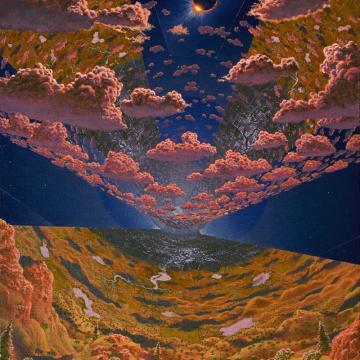
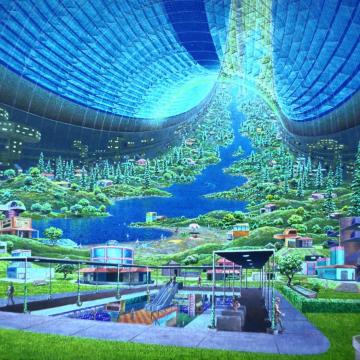
I could use an image for the short story "Simon Sidekick" would be one that suggests a teenager growing up in a lunar colony.
Images I've acquired so far:
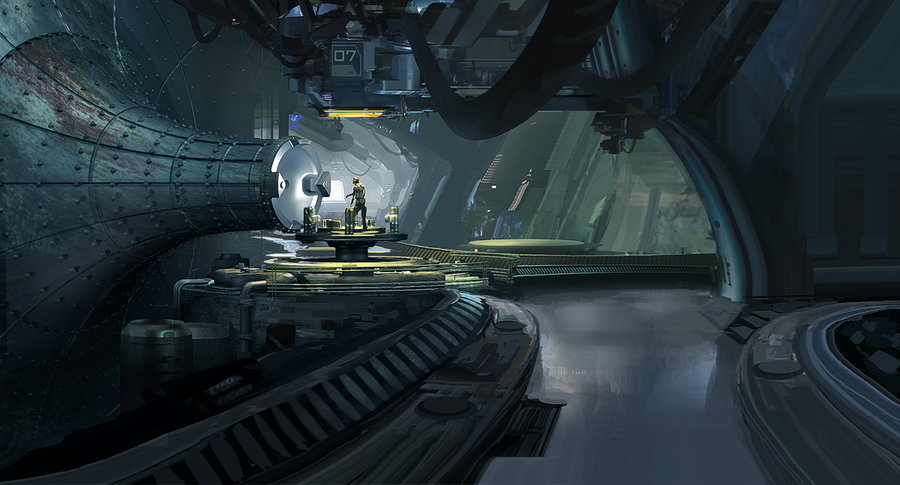
"Time Displacement by Takumer Homma for DEEP QUARRY.
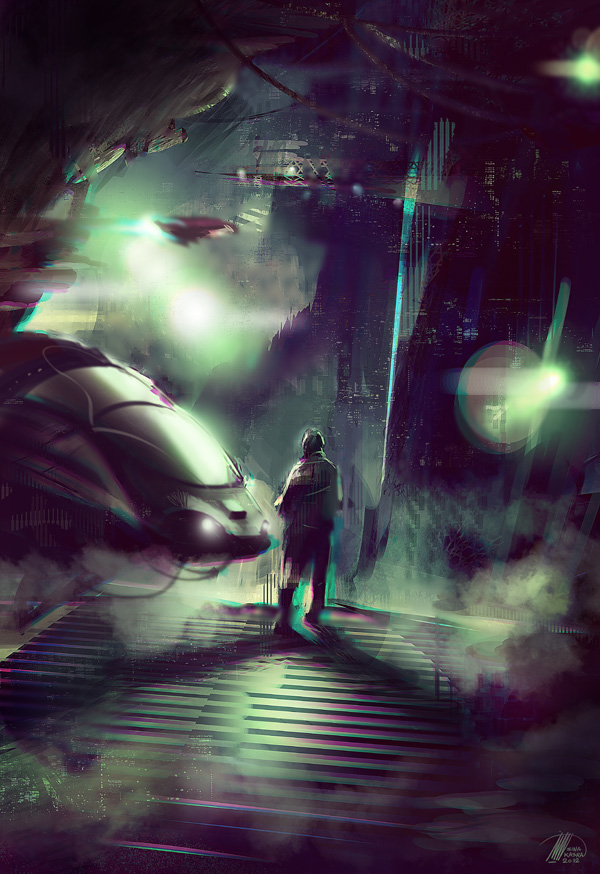
"Outer Space" by Sina Pakzad Kasra for REUNION ON NEVEREND.
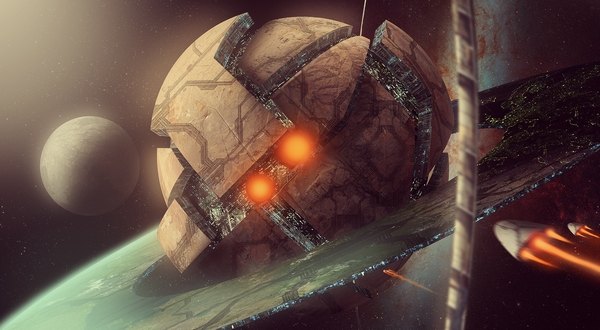
"The Cradle World" by Julian Aguilar Faylona for REDSHIFT RENDEZVOUS.
